Question:1
Where should a “new driver” sign be placed?
Category : Rules and Regulations
Question:2
What are you required to do according to the following road sign?
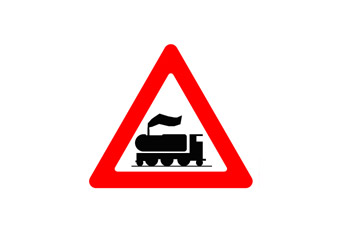
Category : Traffic Signs
Question:3
When a rear camera is installed in a vehicle:
Category : Safety
Question:4
Is it obligatory to obey the directions of a policeman who has identified himself with an appropriate certificate?
Category : Rules and Regulations
Question:5
What is the meaning of the following traffic sign?
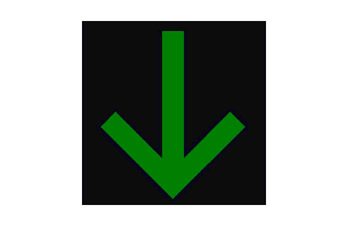
Category : Traffic Signs
Question:6
Which type of vehicle is prohibited to overtake another overtaking vehicle?
Category : Rules and Regulations
Question:7
A policeman wrote you a traffic report due to “deviation from your lane”, and there are no lanes marked on the roadway. Is it justified?
Category : Rules and Regulations
Question:8
How many passengers are permitted to travel in a commercial vehicle with an overall permissible weight of more than 3,500kg?
Category : Rules and Regulations
Question:9
What is a “path”?
Category : Rules and Regulations
Question:10
What is the meaning of the following traffic sign?
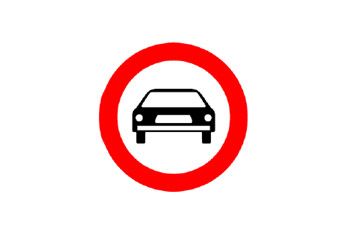
Category : Traffic Signs
Question:11
Define “path”:
Category : Rules and Regulations
Question:12
Non adjusted headlights:
Category : Safety
Question:13
When visibility conditions are impaired:
Category : Safety
Question:14
What are you required to do according to the following road sign?
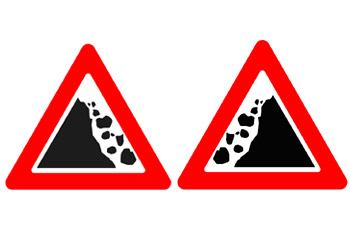
Category : Traffic Signs
Question:15
Which of the following traffic signs requires giving right of way in a roundabout?
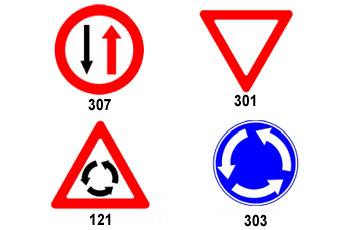
Category : Traffic Signs
Question:16
When a vehicle is disqualified from use on the road:
Category : Rules and Regulations
Question:17
How should you behave on the road ahead of you?
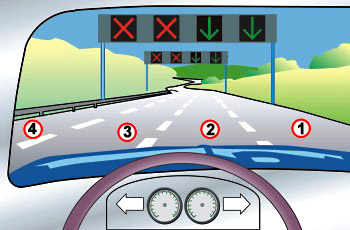
Category : Rules and Regulations
Question:18
When is a driver required to drive on an asphalt paved hard shoulder?
Category : Rules and Regulations
Question:19
What is the meaning of the following traffic sign?
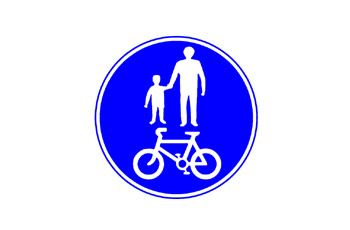
Category : Traffic Signs
Question:20
How should you continue driving according to the following marking?
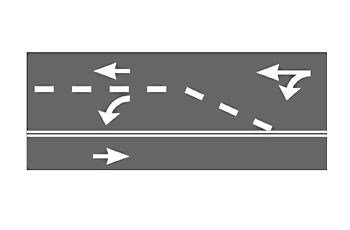
Category : Traffic Signs
Question:21
How should one pass a structure or a post that obstructs a two-way road?
Category : Rules and Regulations
Question:22
What is the function of the vehicle’s Electronic Stability Program (ESP) System?
Category : Know Your Vehicle
Question:23
How would you seat a child less than three years of age inside a vehicle?
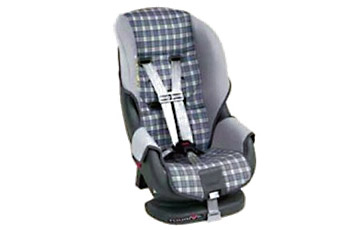
Category : Rules and Regulations
Question:24
What warning measures are installed in the driver’s compartment of a vehicle with a pneumatic braking system (air pressure)?
Category : Rules and Regulations
Question:25
What is the meaning of a “vehicle non-use notice” (taking a vehicle off the road)?
Category : Rules and Regulations
Question:26
Which of the following sentences is correct: The law prohibit drivers from making a left U-turn:
Category : Rules and Regulations
Question:27
The following picture contains several road elements. How should a driver respond when approaching these elements?
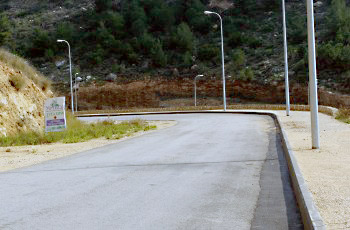
Category : Safety
Question:28
Can a person drive a vehicle immediately after taking medications which have effect on his fitness to drive?
Category : Rules and Regulations
Question:29
What is the advantage of driving on the right side of the road?
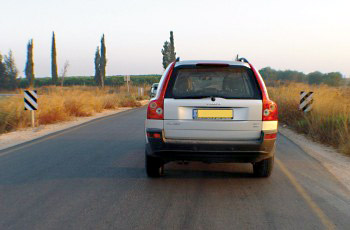
Category : Safety
Question:30
When are you obliged to signal before moving out of your lane for the purpose of overtaking?
Category : Rules and Regulations

